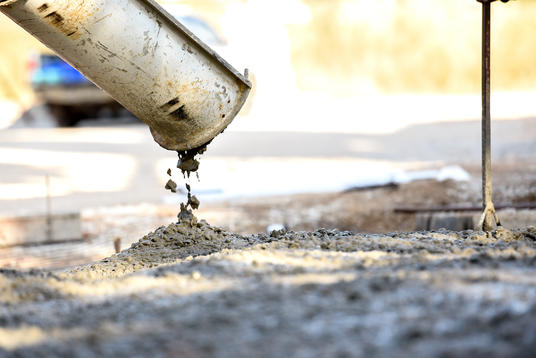With areas the size of Paris being built globally every single week for the next 40 years, the demand for concrete is significant, and highlights the need to drastically reduce the carbon emissions of this material if we are to achieve our net zero carbon goals of a 45% reduction on carbon emissions.
The aim of ConcreteZero is to transition to 30% low emission concrete by 2025 and 50% by 2030, setting a clear pathway to using 100% net zero concrete by 2050. Our ConcreteZero commitments support Buro Happold’s wider sustainability goals of reducing the embodied carbon intensity of all of our new buildings, major retrofits and infrastructure projects by 50% by 2030.
“By joining the ConcreteZero initiative, we aim to understand the options currently available, which may range from liaising with clients and contractors to understanding the construction critical path and specifying concrete mixes with lower carbon but longer curing times to reducing the volume of concrete to be used in a project.” said Priscila Barban, infrastructure engineer at Buro Happold.
We are working collaboratively with other members of ConcreteZero across the supply chain to help define the future of specification.
“Early client and contractor engagement is the step-change in behaviour required to maximise opportunities for low carbon concrete on projects” explains Ian Fiebelkorn, an associate in Buro Happold’s structural engineering team. “It is not sufficient for engineers to specify ultra-low carbon concrete without consultation, and expect this to be accepted in the current market.
“Bringing clients on board early, and working through the practical challenges of slower-curing sustainable mixes with contractors is an essential part of driving change in the industry, in the hope that one day these lower-carbon mixes will be the norm.” said Ian Fiebelkorn, associate at Buro Happold.
Read the unabridged article on Buro Happold
